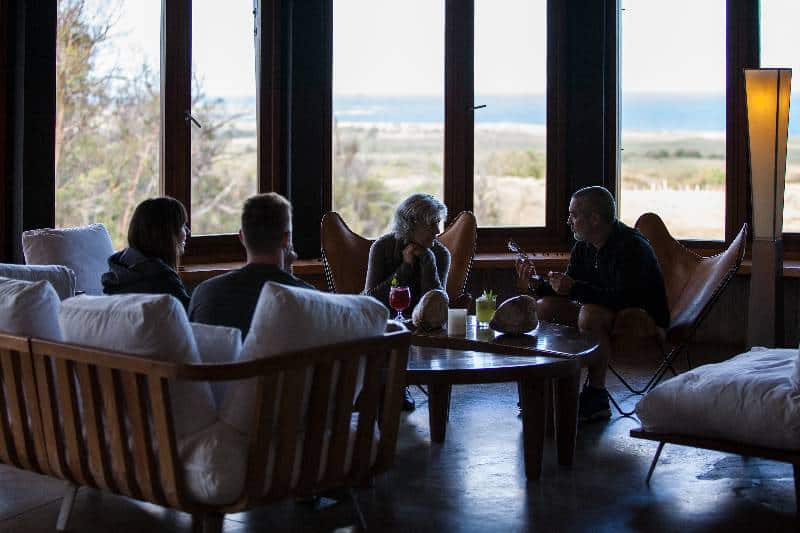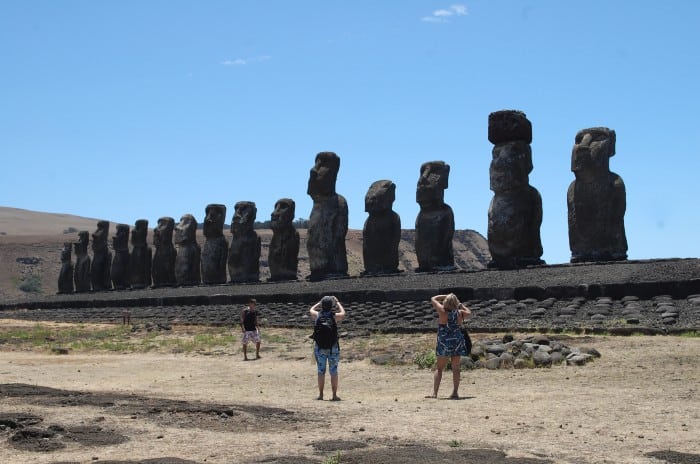
Exploring the island's fascinating history, mysterious moai statues, and breathtaking landscapes will undoubtedly leave a lasting impression.
If you're looking for some valuable tips and tricks to optimize your stay on Easter Island, look no further. We have compiled a helpful list below to ensure you make the most out of your experience on this extraordinary island.
Easter Island (Rapa Nui) is a small island that spans a mere 24.6 km (15.3 mi) at its longest side. So luckily you don’t need very long to see all of the incredible things that this destination has to offer.
If you’re looking to experience all of the must-dos then a short 3-day break will suffice.
Before planning your visit, be sure to check for a flight ahead of time. Latam has a monopoly along this flight route. Availability becomes rather scarce the closer to your proposed departure date that you book.
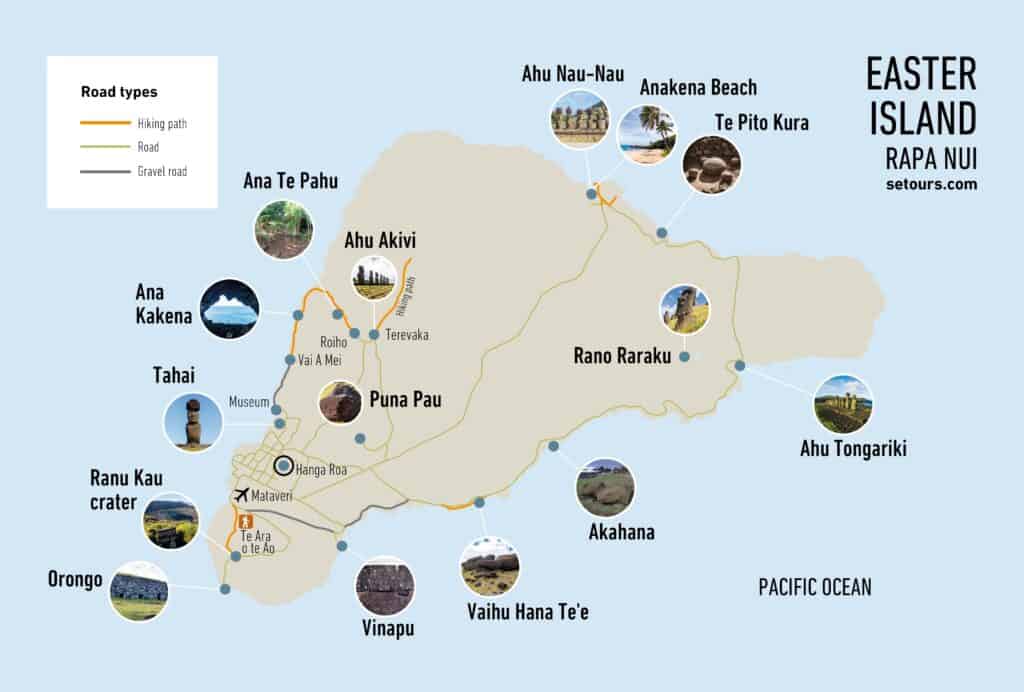
Easter Island is full of moais…everywhere…(in fact, there are around 1000 of them on the island!).
Our tip: get an introduction to the island's history and culture in the museum where a local will explain the island's history and background, giving you a better understanding of where you are.
Then, move on to the moais where you will see a restored statue and learn about its main features, lore, and function.
The Sebastian Englert is the only museum on Easter Island. It houses around 15 000 artifacts discovered on the island such as 'mata' (obsidian stone tools), ancient fish hooks, a natural science collection, and the face of a moai with a coral eye. It gives a great introduction to the island, its people and the mystery surrounding the massive moais.
The museum opens daily, except Mondays. Check their website for current hours (available only in Spanish)
Please note that the museum is currently closed (updated 11.03.2025). As an alternative, we recommend visiting Hanga Kio, an archaeological site on Easter Island known for its ancient petroglyphs and cultural significance.
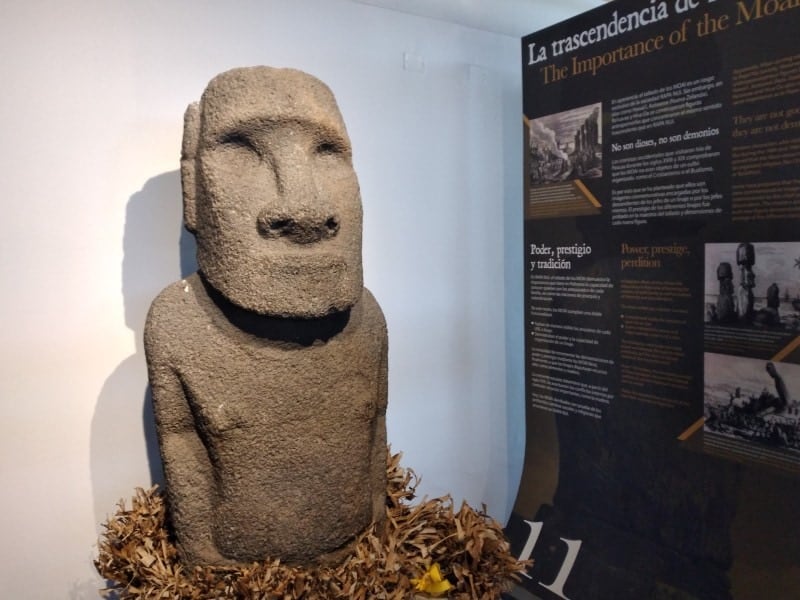
Tahai showcases 'Ko Te Riku', the only fully restored moai on the island. Observe the replica eyes inserted and head surmounted by a topknot, carved from red volcanic stone. Hence, it stands as one of the most photographed moai on Easter Island.
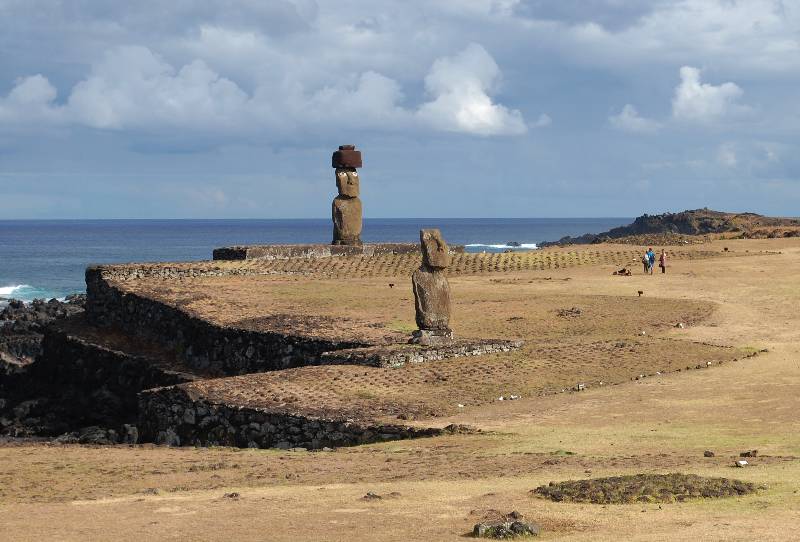
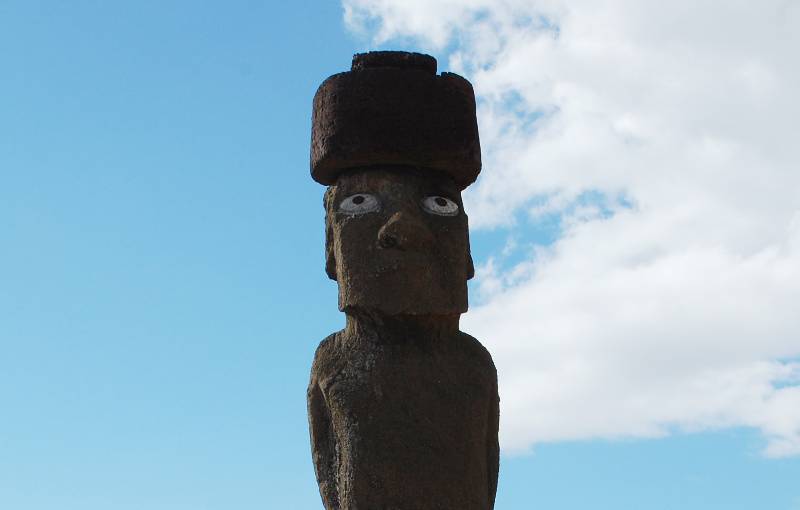
Rapa Nui, as small as it is, is home to three volcanos, one of which is the now-extinct Rano Kau, a photographer's paradise. It features a unique crater lake, which is one of the island's only three natural bodies of fresh water, and endless views over the Pacific Ocean.
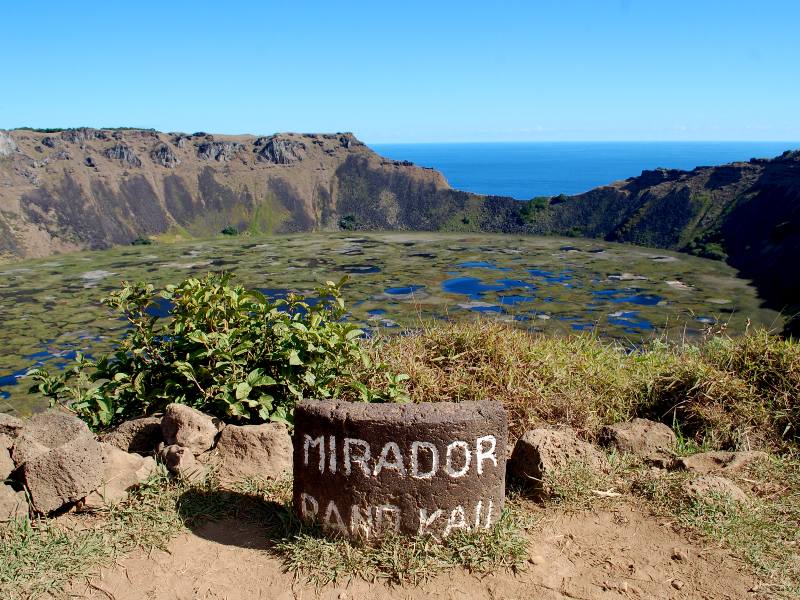
Orongo, the largest archaeological site and ceremonial center in all of Easter Island, is considered one of the major ‘highlights’, not only because of the view/location but also for its petroglyphs (see our picture below) and the unique construction of its houses which can't be seen in any other part of the island.
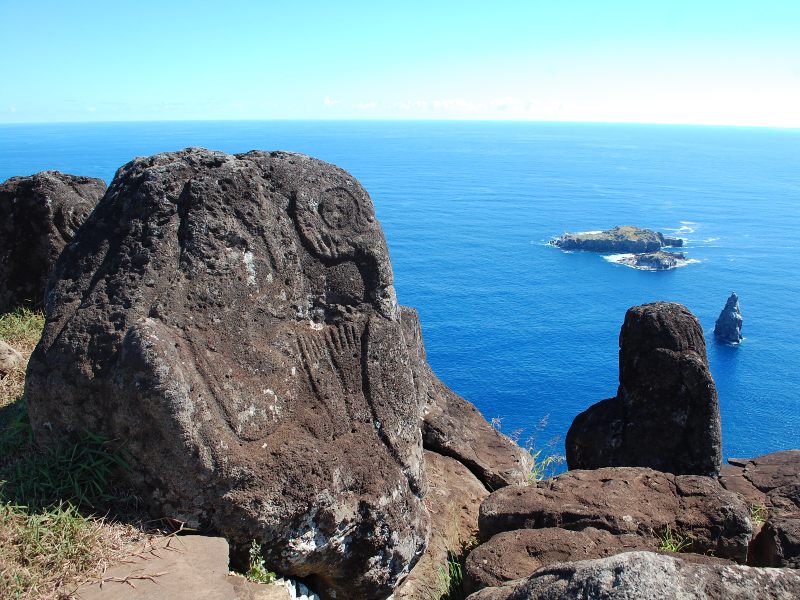
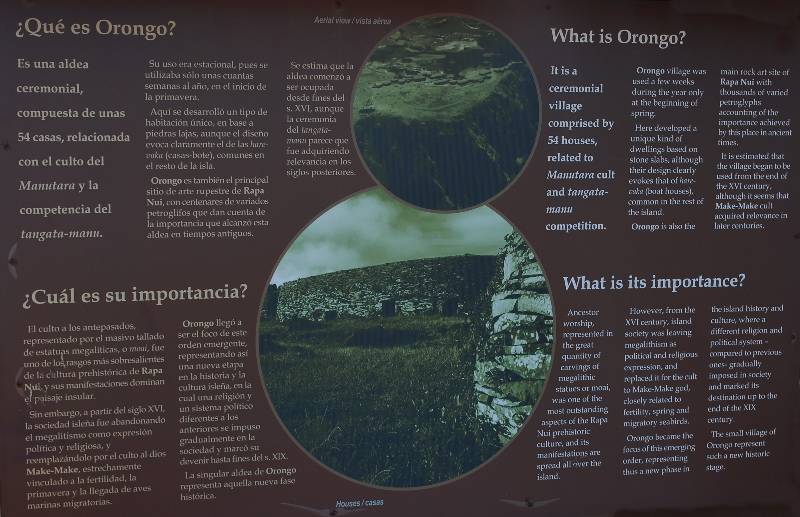
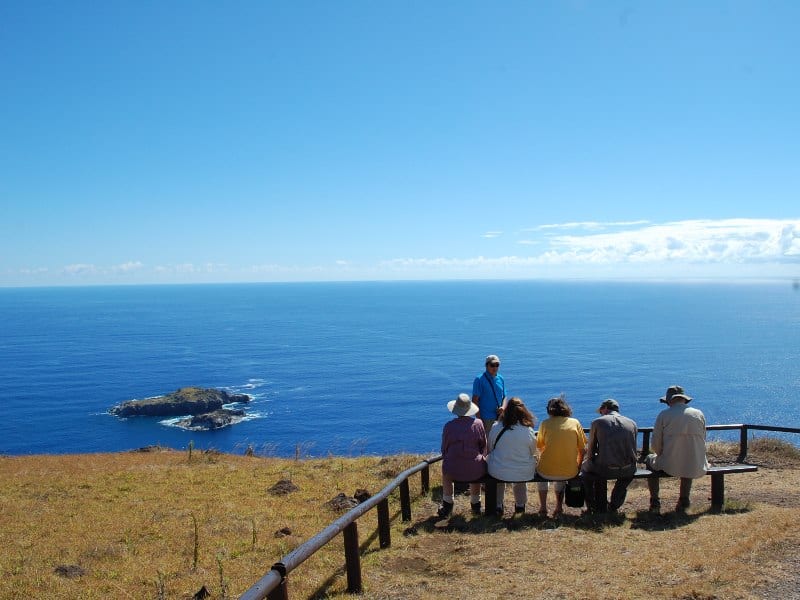
Accompanying each house you will find cave art along with the site's petroglyphs.
And yes, Orongo this is the same village featured in the film Rapa Nui Legends in Stone (1994) with Kevin Costner.
Orongo is the best place to learn about the ancient birdman competition practiced in the 18th and 19th centuries. A group of chiefs competed to secure the first egg of the sooty tern from Moto Nui (the largest of three islets just south of Easter Island). The triumphant chief then became birdman, and represented the creator god Makemake for one year. Secular power was accrued to his clan, and tribute in form of food was paid to them by the other chiefs and their families.
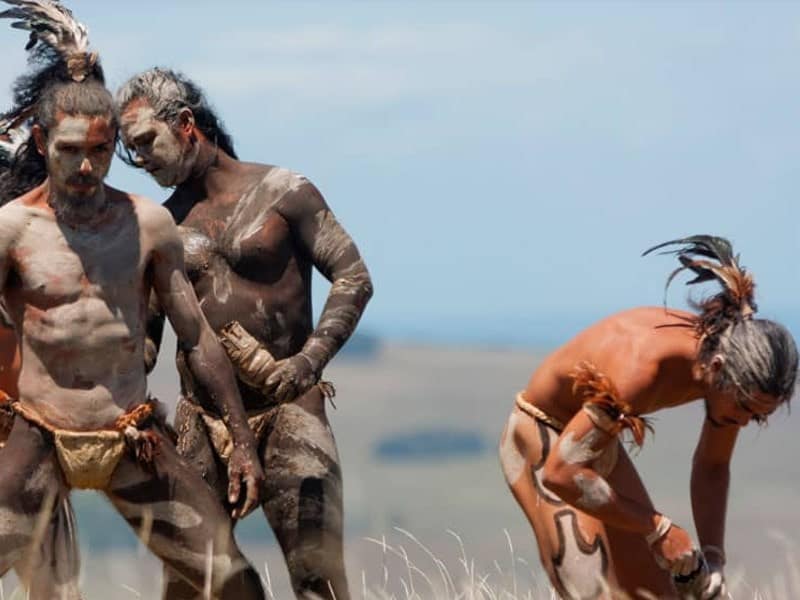
Our tip if you can't travel to Easter Island and you are based in Europe:
Orongo is the place where a British expedition found Hakananai, one of the 10 moais carved from basalt in 1868. The moai, adorned with petroglyphs linked to the birdman cult, is exhibited since then at the British Museum in London.
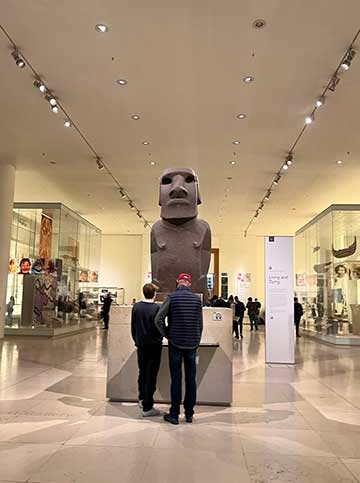
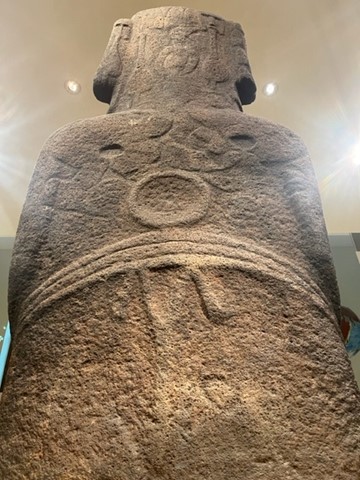
Today, take advantage of a full-day tour through more of the island's exciting historical sites listed in the highlights below. Ending your day of exploration off with a dip in the warm Pacific Ocean at a historical white sandy beach!
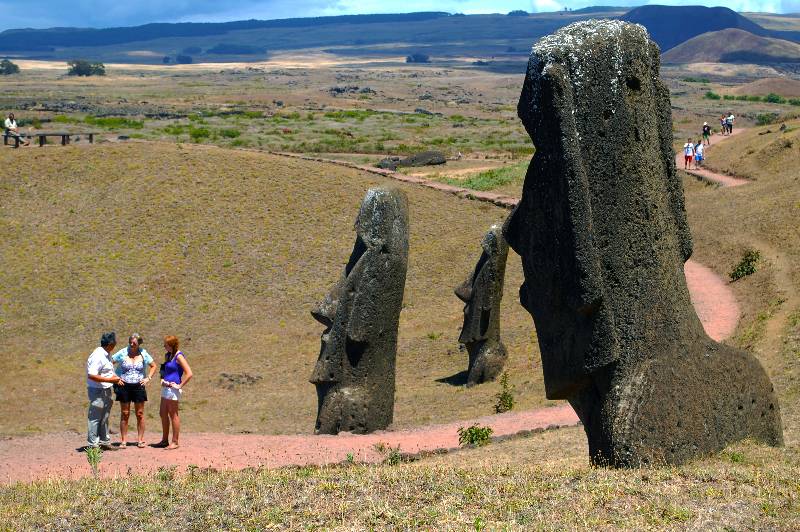
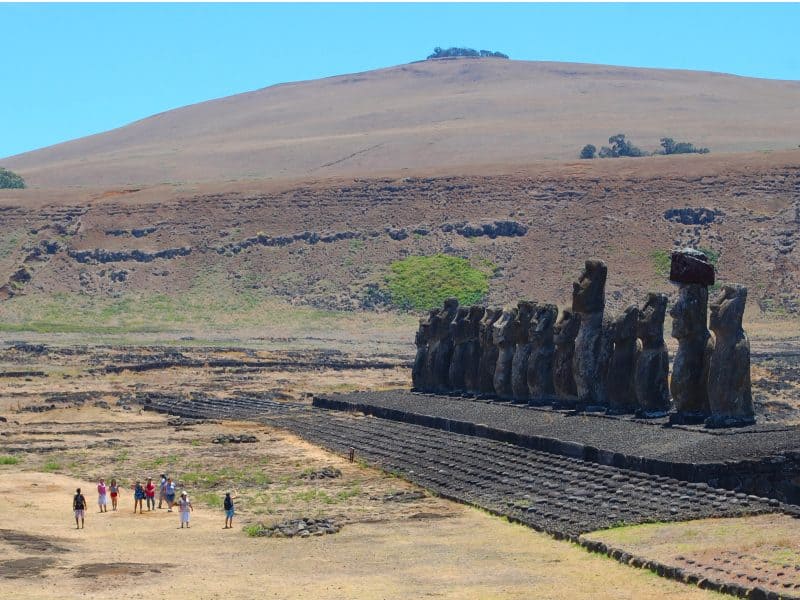
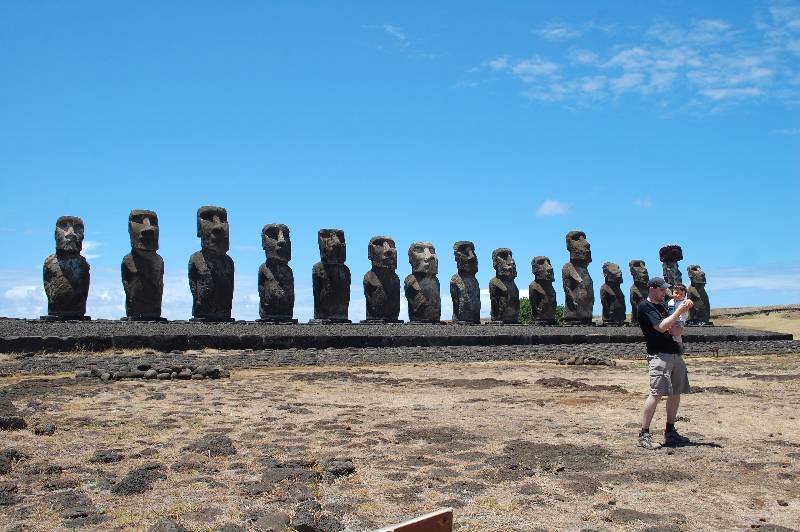
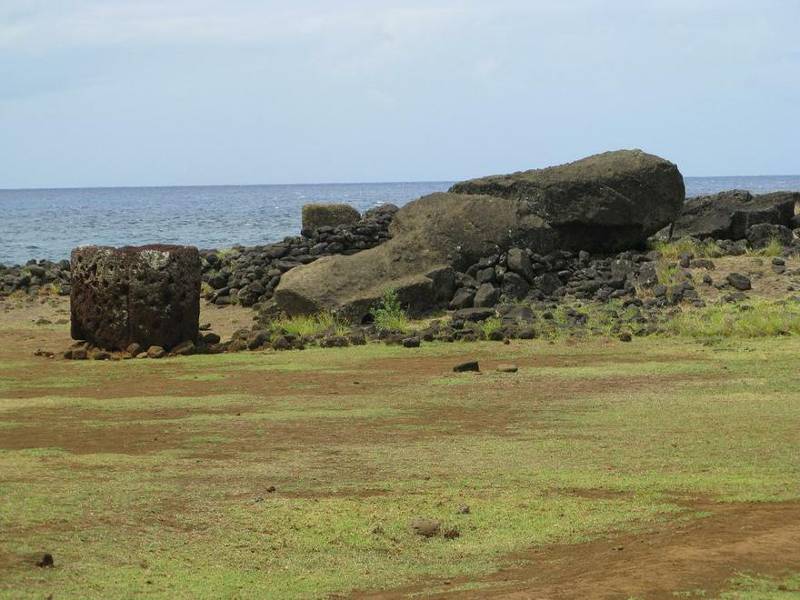
According to Rapa Nui legend, Anakena, located in the northern part of the island, marks the arrival site of the island's first Rapa Nui King, Hotu Matu'a.
Anakena boasts two ahu (ceremonial platforms). The first one is Ahu Nau-Nau, featuring seven moai statues, two of which are damaged. The other, known as Ahu Ature Huke, showcases a single moai - the first ever restored and raised, a feat accomplished by Norwegian explorer Thor Heyerdahl in 1956.
This is our designated break spot during the full-day tour, where you can enjoy your boxed lunch while taking in breathtaking views of the Pacific Ocean.
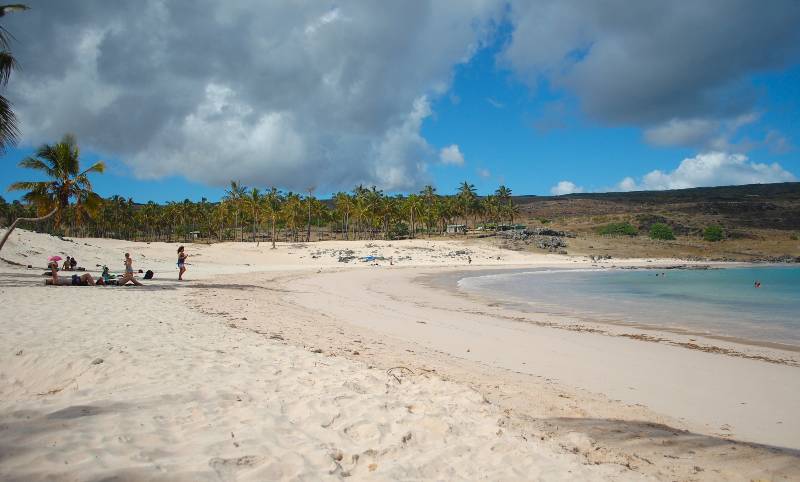
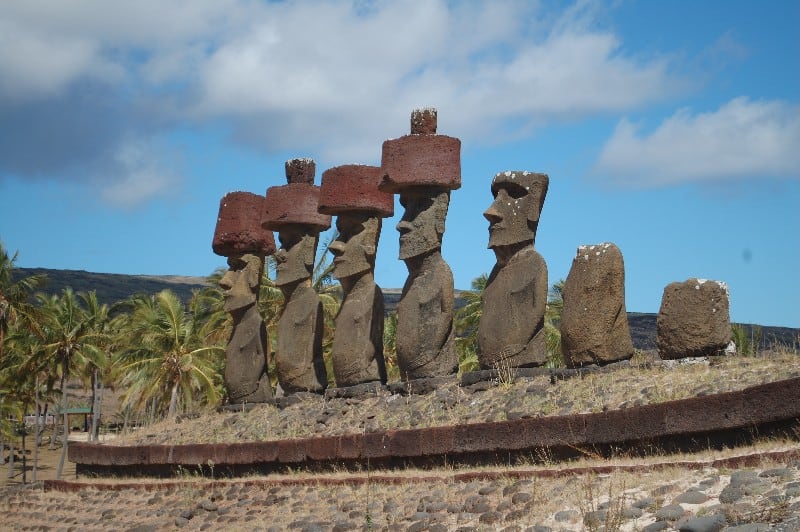
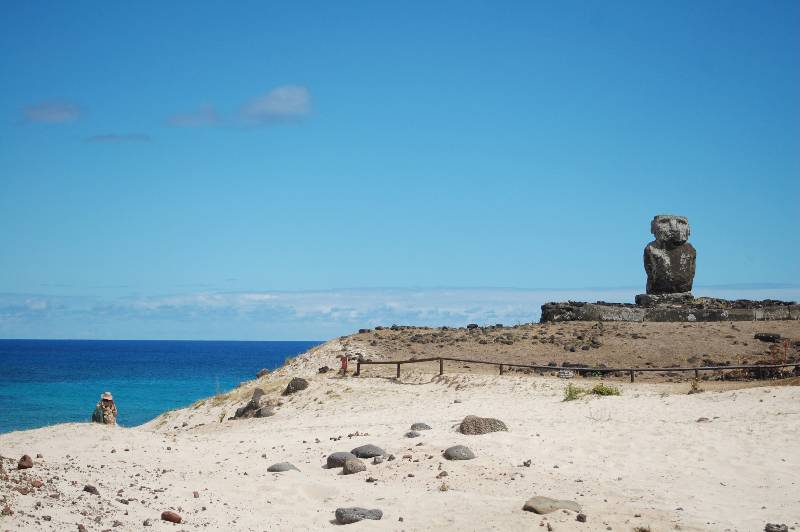
Currently, all flights leaving the island depart after midday. This gives you just enough time to squeeze in a half-day tour before you make your way back to the mainland.
Easter Island, the world's most remote inhabited island, was discovered and settled by Polynesians sometime between the first century AD and before AD 800. According to oral tradition, the moai statues at Ahu Akivi represent the first voyagers sent by the founding ancestor, King Hotu Matu'a, on a quest to find a revealed territory from his dream.
The legend speaks of seven explorers who remained on the island, awaiting Hotu Matu'a's arrival. Unlike other moais on the island facing to the village to transmit their protective power, the seven Moai at Ahu Akivi have been placed facing the Pacific Ocean.
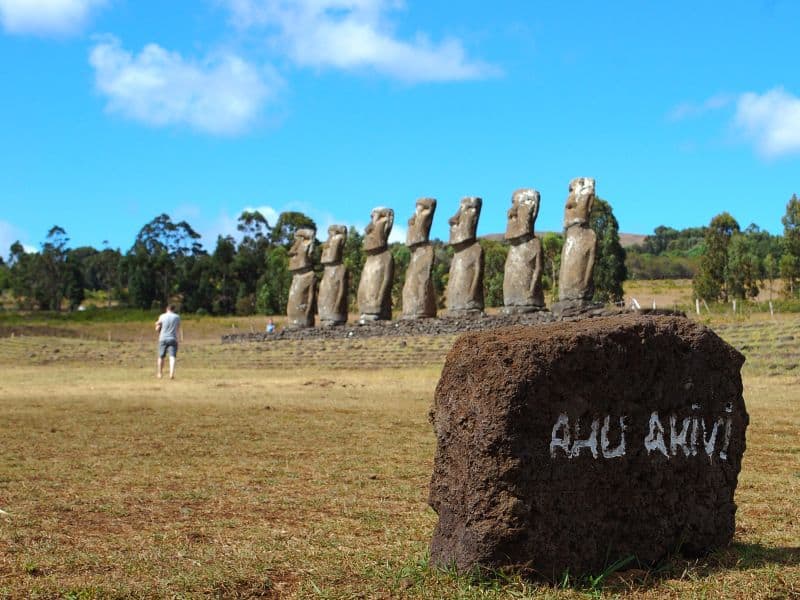
Afterward, you will visit the topknot quarry of Puna Pau, the source and production site of all the 'Pukaos' or head coverings, like the one featured in our picture of Tahai above.
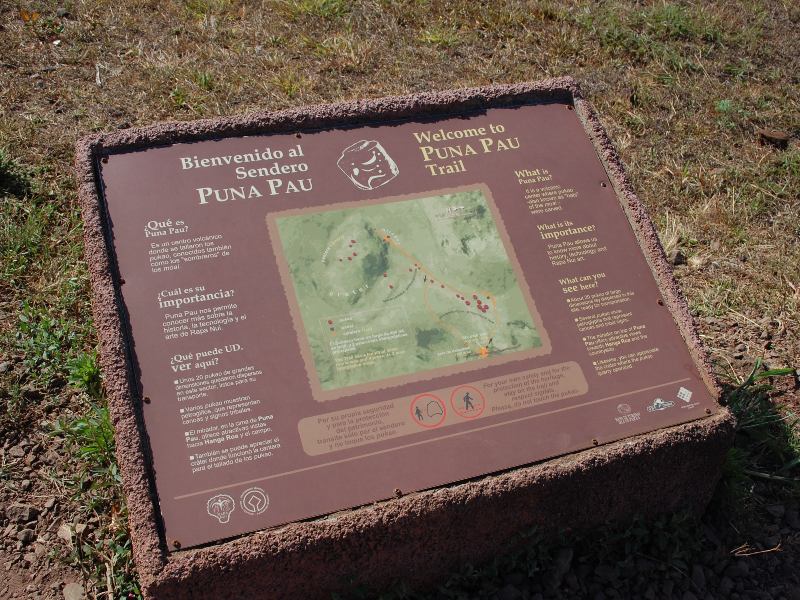
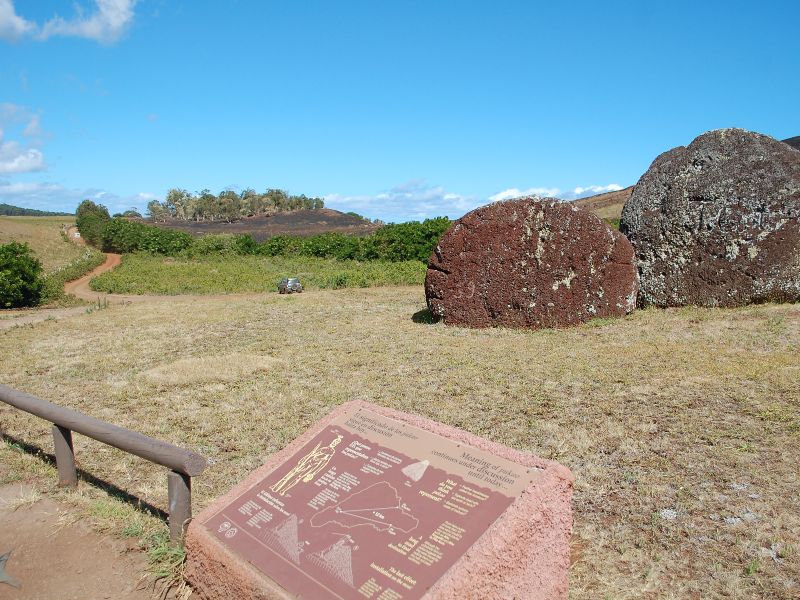
You only need one entrance ticket to access all of the different sites on Easter Island. The ticket is valid for 10 days from the date of entry to your first site.
You can only purchase the tickets online.
Your ticket grants you unlimited access to almost all of the sites, except for Orongo and Rano Raraku, which you can only enter once during your stay.
To visit the sites of Rapa Nui Park, it is mandatory to be accompanied by an accredited local guide or a local host who is at least 18 years old.
The archaeological sites can be visited from Monday through Sunday.
| Season | Opening Hours |
| Summer (December to March) | 9:00 am to 8:00 pm |
| Winter (April to November) | 9:00 am to 6:00 pm |
December through May are the hottest months, with average temperatures in the mid-20s.
One of the island's highlights is the annual Tapati festival, held over a 2-week period in February. While attending can be an incredible experience, it's essential to plan ahead due to high demand. Both hotel rates and flight prices are considerably higher during this time, with some flights costing up to three times more than usual. If you want to avoid inflated expenses, it's best to steer clear of traveling to the island in February.
On the other hand, May historically sees the most rainfall.
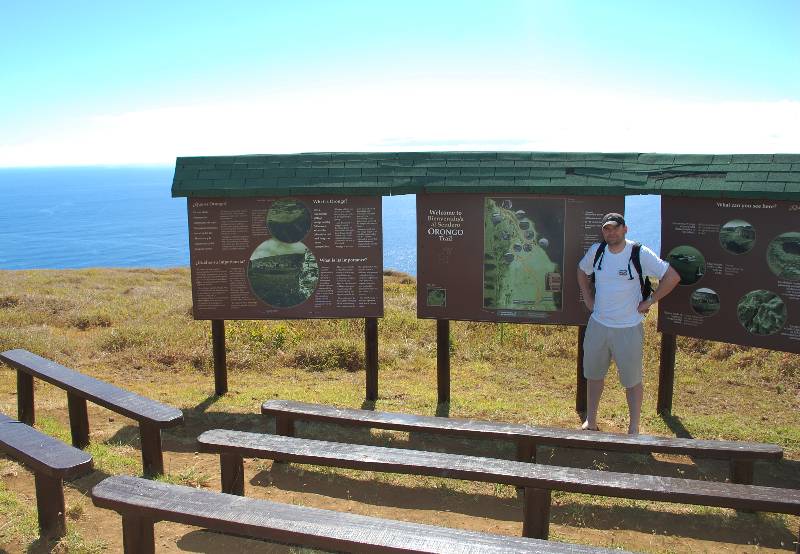
Due to its remoteness, the only way to access the island from the mainland is via aircraft. LATAM is the only carrier that flies the route from Santiago to Easter Island. Ticket prices average around USD 400, one way.
| Route | Flight | From March 31, 2024* |
|---|---|---|
| SCL-IPC | LA841 | 09:10–12:50 |
| IPC - SCL | LA843 | 14:45-21:15 |
* Easter Island is 2 hours behind Santiago, Chile
In order to enter Easter Island, it is necessary for all travelers to fill out the Rapa Nui Entry Form (IRN) found at the following site https://ingresorapanui.interior.gob.cl.
Through dances, the Rapa Nui people asked their ancestors for prosperity and fertility for the island. This artistic representation was present in most gatherings, celebrations, and religious rituals. Many of the traditional dances were lost with the arrival of European missionaries, but among the ones that remain, the main ones are:
When visiting the island, consider attending a dinner show to combine your archaeological visits with contemporary art in a unique and enriching experience.
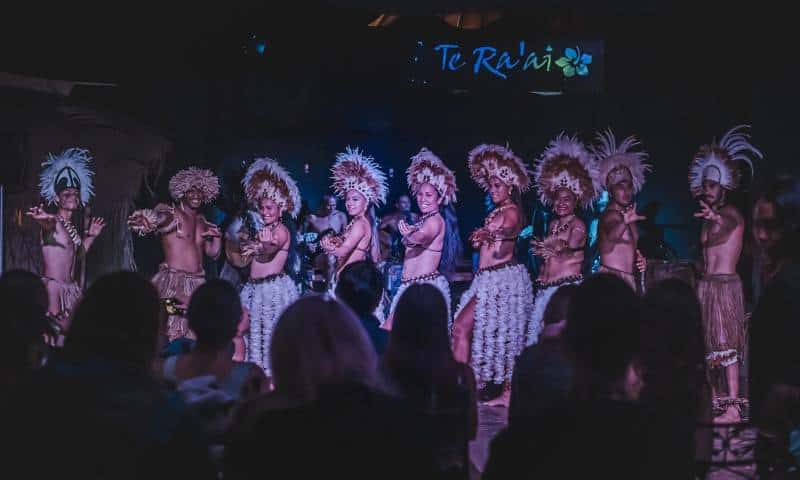
Explora Easter Island $$$: This hotel is the best option (and our top choice) on the island, compared to other options that also offer a-la-carte activities. It has one of the most privileged locations and is also one of the few properties on the island that has its own spa.
The all-inclusive is perfect for those looking for an active traveler's paradise as they provide guests with the choice of included excursions from a menu of over 30 items such as hikes, bike tours, snorkeling, and even boating explorations.
Nayara Hanga Roa $$$: This hotel is situated in the main town of Hanga Roa, overlooking the expansive Pacific Ocean. It is the most centrally located luxury hotel on the island with a short three-block stroll to the nearest restaurants, bars, art galleries, and souvenir shops that make up a majority of the town.
Altiplanico $$: This hotel is located 3km outside of the main town of Hanga Roa, overlooking the ocean and is designed in the local Easter Island boathouse style. There are no TVs in either of the 17 individual units/rooms, but wifi is available as well as a stunning garden that provides nature lovers a beautiful view over the Pacific Ocean with and a place for some outdoor relaxation.
